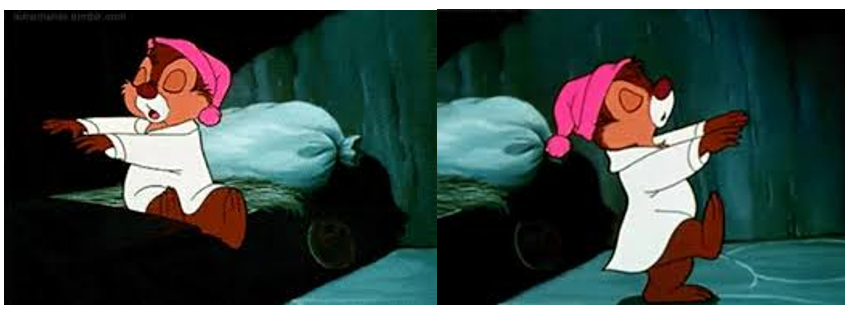
22 Jan Abnormal Movements in Sleep (Parasomnias)
Abnormal movements in sleep, also called parasomnias, are relatively common. They cover a broad spectrum, ranging from physiologic phenomena such as isolated twitching to complex behaviours and serious disease. Some of the most common ones are:
- Nocturnal epileptic seizures should be suspected if rhythmic, clonic movements occur in sleep and the affected person cannot be awakened afterwards; if tongue-biting occurs in sleep (manifested, perhaps, by blood on the pillow); if bed-wetting appears and was not previously a problem; or if the patient has pain in the limbs and/or headache in the morning.
- Periodic limb movements in sleep: consists of repetitive twitching of the feet, the toes, or even both legs during sleep. Such movements are seen in 80% of patients with RLS and also common in Parkinson disease and narcolepsy. They can occur in healthy elderly persons as well.
- Bed-wetting (enuresis) usually reflects the delayed development of nighttime continence in children and adolescents and resolves spontaneously.
- Sleepwalking, night terrors, and confused awakenings all occur as the sufferer is awakening from a deep sleep. They are thought to be due to a dissociated brain state in which the motor centers are already awake and active, but the brain areas responsible for memory and control are still asleep. In sleepwalking, the individual actually gets out of bed. Night terrors consists of expressions of intense fear, including crying and screaming that last about ten minutes. During night terrors, the eyes are open, but the individual does not respond in the normal way to external stimuli. For confused awakenings, the sleeper briefly sits up and seems confused.
- REM sleep behaviour disorders (RBD): the normal atonia of REM sleep is lacking, generally occur in the second half of the night. Most of the affected persons are elderly men. These disorders are characterised by complex behaviours, often of an aggressive or auto-aggressive nature, e.g., wild thrashing of the limbs, as if the patient were acting out a dream.
The diagnosis of some of those are established by video-polysomnography.
Consult with your GP if you suspect you have any of those.
Reference
Mattle, Heinrich, and Marco Mumenthaler. Fundamentals of Neurology: An Illustrated Guide, Thieme Medical Publishers, Incorporated, 2016. Chapter 10. Sleep and its abnormalities. 10.4 Abnormal movements in sleep (parasomnias) Copyright © 2016. Thieme Medical Publishers, Incorporated. ProQuest Ebook Central. http://ebookcentral.proquest.com/lib/unal/detail.action?docID=4776505. Created from unal on 2018-03-07 22:18:32

